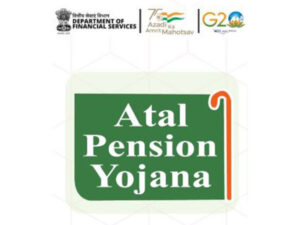EV Industry in India is not relevant without incentives: Bernstein
New Delhi [India], September 26 (ANI): The journey of shifting to electric mobility is not going to be easy for automakers as it is tough to generate profitable margins and get scale in the electric vehicles (EVs) segment, says a research report by Bernstein.
The report noted that generating sufficient margins and scaling up in the EV space is difficult, even with significant financial incentives. It added that many traditional automakers are facing losses, and only a few are expected to remain competitive in the long run.
“It is tough to generate sufficient margins and get scale in EVs. Even with hefty incentives, incumbent OEMs are still unprofitable” the report said. “The EV Industry is not relevant without incentives currently, and to break the ICE sector, it needs intense focus, scale, and continued cost downs” it added.
The report suggested that while niche startups may survive, their long-term market share is likely to remain limited. It noted that instead, the competition in the EV space will primarily be between established OEMs.
As per Bernstein, among India’s leading two-wheeler manufacturers, Bajaj Auto and TVS Motors are on a similar footing in the EV sector, while Hero MotoCorp lags behind. Eicher Motors, which is expected to launch its electric vehicles soon, is predicted to be sub-scale and less relevant in the market. Bernstein rates Bajaj Auto with an “Outperform” rating due to its lower valuations, while TVS, Hero, and Eicher are rated as “Market Perform.”
The report also highlighted that Ola Electric (Ola-E), one of the startups in the EV two-wheeler space, has managed to generate positive operating earnings (EBITDA) from its premium models like the S1 Pro and S1 Air. However, it is incurring losses on its mass-market model, the S1X.
On the other hand, TVS is estimated to be losing approximately 7.5 per cent in EBITDA (around Rs 11,000 per vehicle), despite generating a gross profit margin of around 7 per cent without subsidies.
Bajaj Auto is reportedly facing an even steeper EBITDA loss of 10.5 per cent (approximately Rs 15,000 per vehicle) and is also losing money at the gross profit level without subsidies.
“Our analysis indicates that Ola-E is generating positive operating EBITDA from its premium models, such as the S1 Pro and S1 Air while incurring a loss on its mass-market model, the S1X” said Bernstein report.
The report highlighted that the overall EV two-wheeler industry in India generates about USD 1.3 billion in annual revenues, but incurs an estimated EBIT loss of USD 300-400 million without incentives.
However, the additional benefits from GST helped narrow the price gap between electric and internal combustion engine (ICE) vehicles.
The report highlighted that in the current scenario EV industry remains heavily reliant on government incentives and subsidies. To stay competitive, the EV industry needs sustained focus, large-scale operations, and significant cost reductions to break the traditional ICE market.
Concluding the outlook, the report stated that only dominant startups is likely to become mainstream, while traditional OEMs will continue to compete for market share in the EV space.






